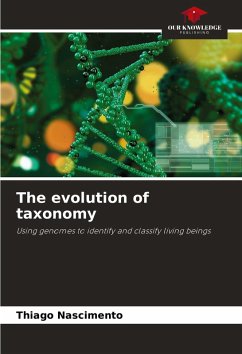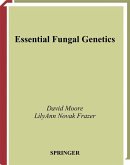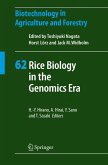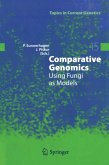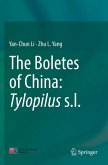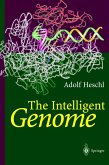The evolution of molecular and computational techniques has made it possible to advance research into the classification of living beings. Software has been developed capable of analysing DNA sequences that make up the genome of living beings, making it possible to determine genetic similarities and establish kinship relationships. Areas such as phylogenetics have been the scene of great discussion and controversy, since analyses of kinship between species based on genes did not always corroborate with the phylogenies created from anatomical studies. With the intention of making the process of identifying species more practical, DNA barcodes emerged, a barcode similar to the ones on products on market shelves. The DNA barcode is based on a short DNA sequence from the species' genome, which is enough to discriminate and classify it. In order to choose the target genes for DNA barcoding, various studies have been carried out to determine the most favourable genes. The aim of this paper is to provide a bibliographical review of the basic concepts, the current state of research and methods for classifying and identifying living beings based on the organisms' genomes.
Bitte wählen Sie Ihr Anliegen aus.
Rechnungen
Retourenschein anfordern
Bestellstatus
Storno

